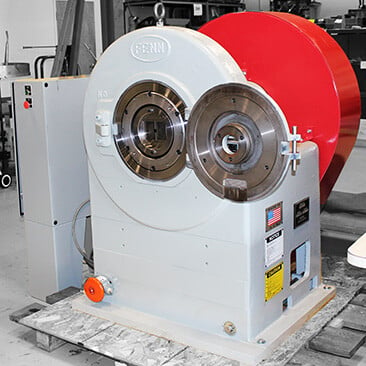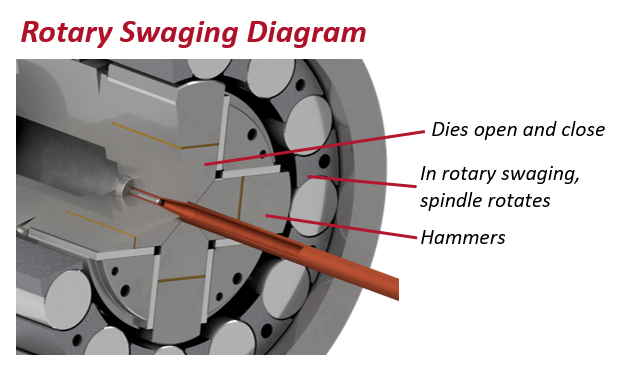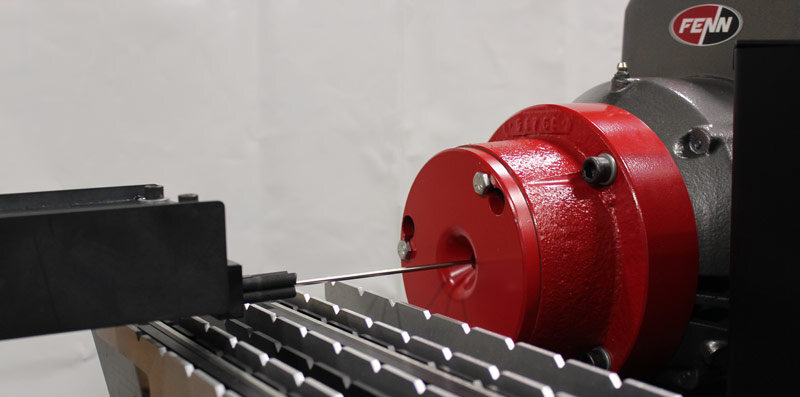Advantages of Swaging Machines
Advantages of Swaging Machines Over Traditional Metal Forming Techniques
Metal forming encompasses various techniques essential for shaping metal parts to precise specifications. Among these methods, swaging machines present unique advantages that often outperform traditional methods such as rolling, forging, and extrusion. This article explores why swaging machines are increasingly preferred in industries demanding high precision and efficiency.
Understanding Swaging and Traditional Metal Forming
Swaging, a process where metal is plastically deformed by striking it repeatedly to shape it around a die, offers several benefits over traditional metal forming techniques. Traditional methods, which often involve extensive heating and heavy machinery, typically consume more material and energy. In contrast, swaging machinery operates efficiently and can be used at room temperature. Key components of a typical swaging machine include rotary dies that manipulate metal precisely and rapidly, an advantage not always feasible with methods like rolling or extrusion.
Precision and Accuracy
Swaging machines are renowned for their high precision and consistency, surpassing traditional metal forming methods. This precision is crucial in aerospace and medical devices industries, where components require stringent adherence to specifications. Swaging machinery ensures that each piece produced meets these tight tolerances, providing more consistent and uniform results than traditional methods.
Efficiency and Speed
Swaging machines excel in operational speed compared to traditional metal forming techniques. Their swift nature allows for shorter production cycles, significantly enhancing productivity and reducing downtime. This efficiency is particularly beneficial in fast-paced industries like automotive manufacturing, where reducing production timelines is directly linked to cost savings.
Cost-Effectiveness
The cost-effectiveness of swaging machinery is evident in its material savings and lower energy consumption. Unlike traditional methods that often require significant initial investments in large presses and other equipment, swaging machines are typically less costly to acquire and maintain. These factors make swaging machinery an economically viable option for many businesses, particularly small to medium-sized enterprises.
Material Conservation
Swaging machines promote material conservation by shaping metal without removing material. This approach not only lowers material costs but also contributes to environmental sustainability. The ability of swaging machinery to minimize scrap production is a significant advantage over more wasteful traditional methods.
Versatility and Range of Applications
Another key benefit of swaging machines is their versatility. These machines can handle various materials and create complex shapes that are often challenging to achieve with traditional metal forming methods. This flexibility allows swaging machinery to be used across multiple industries, enhancing its practicality and marketability.
Enhancing Product Quality
Swaging positively impacts metals' mechanical properties, enhancing their durability and performance. The refined grain structure of metals processed by swaging machinery often results in superior product quality compared to traditional methods. This quality improvement is crucial for industries where reliability and performance are paramount.
Embracing the Future with Swaging Technology
Swaging machines provide significant advantages over traditional metal forming techniques in precision, efficiency, cost-effectiveness, material conservation, versatility, and product quality. As manufacturing sectors evolve towards more advanced and sustainable practices, swaging machinery becomes increasingly critical. Investing in swaging technology represents a forward-thinking choice for businesses aiming to enhance their production capabilities.
Consider the advanced capabilities of swaging machinery for your production needs. Learn more about FENN Swaging Machines to explore how this innovative technology can revolutionize manufacturing processes.




